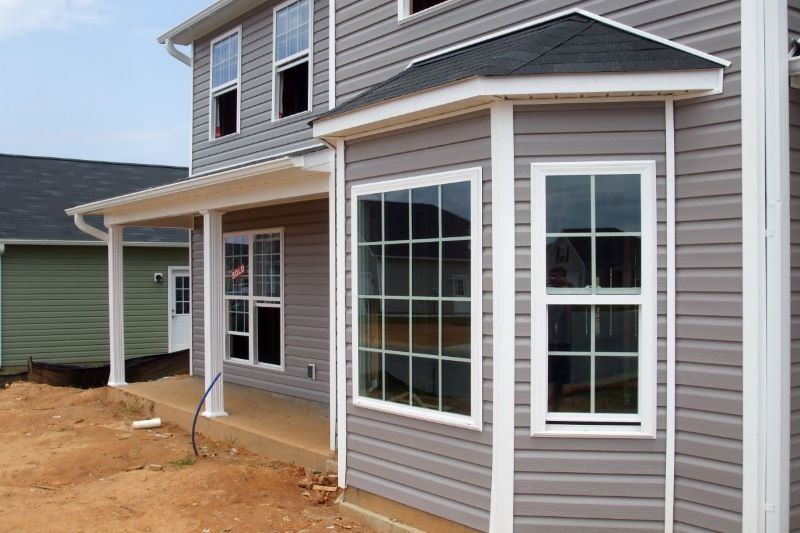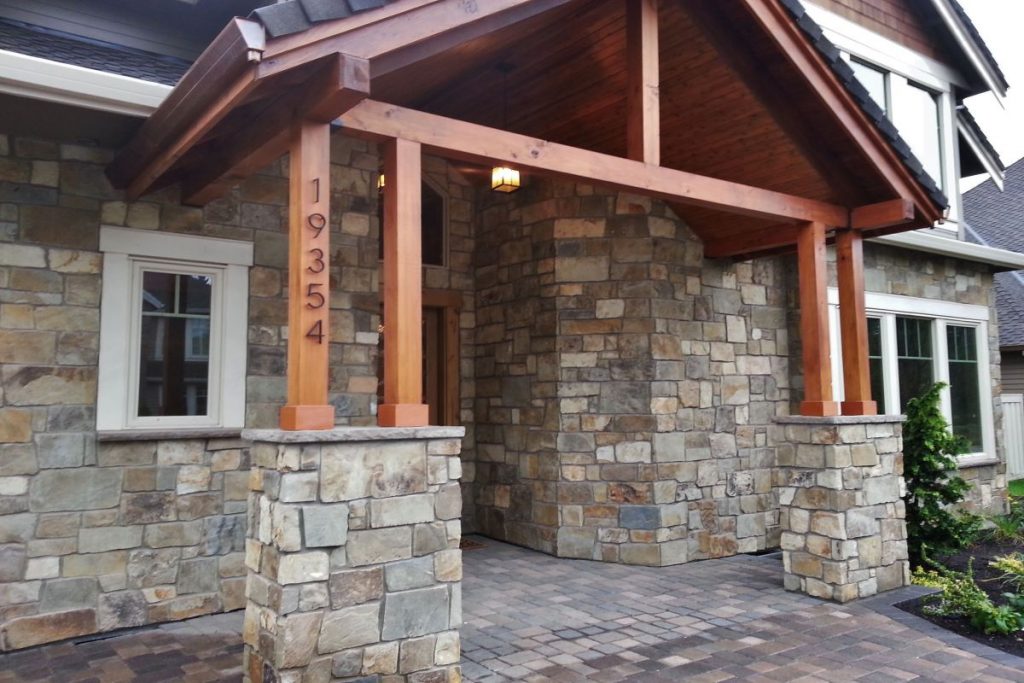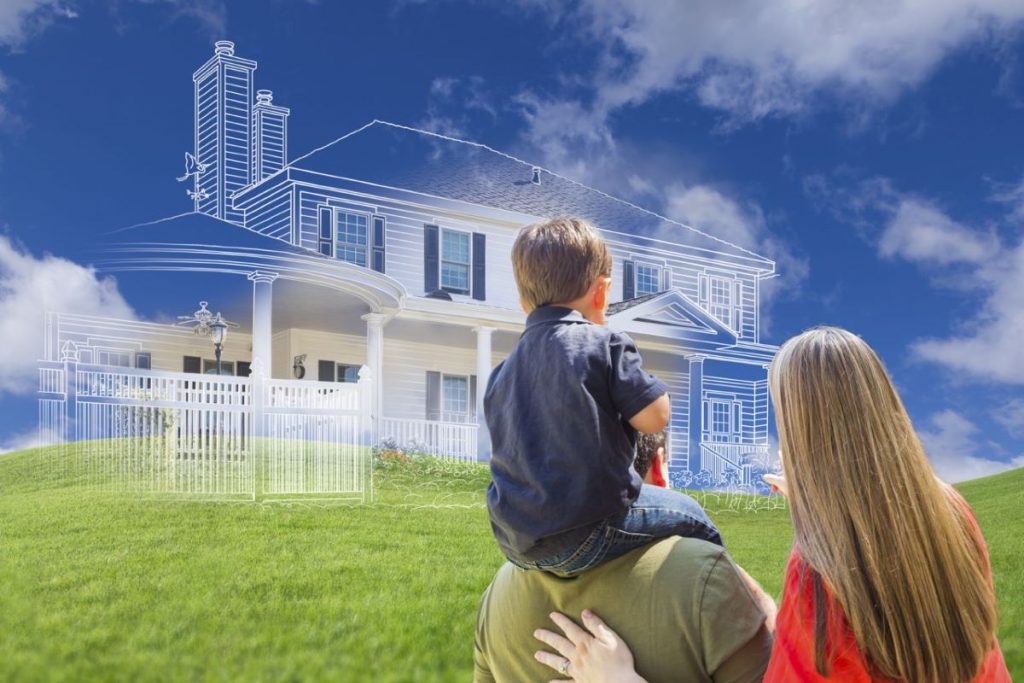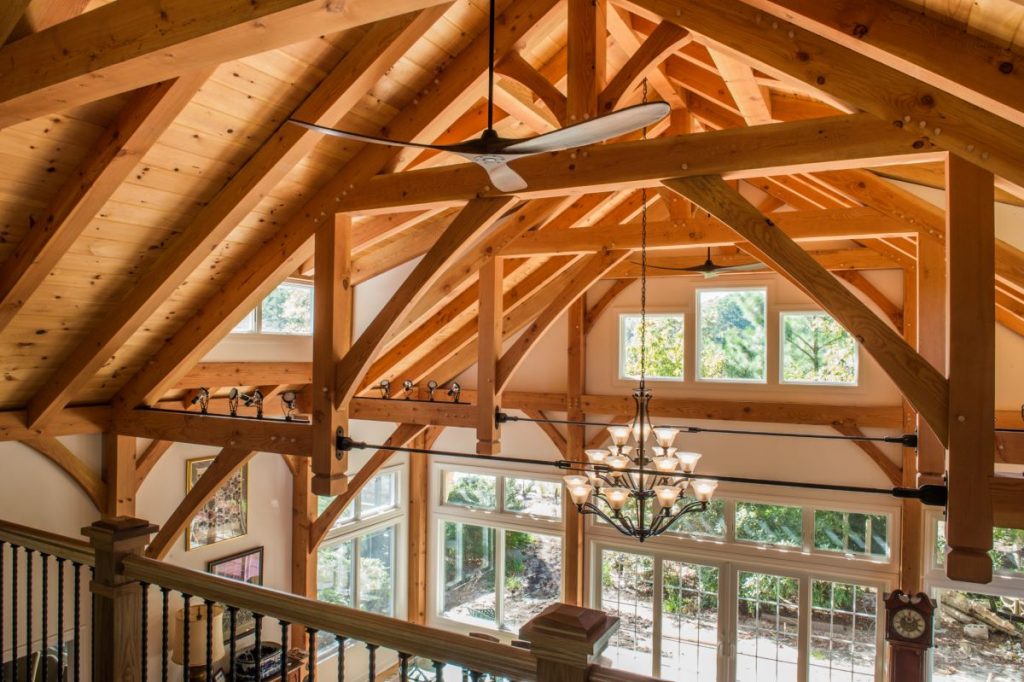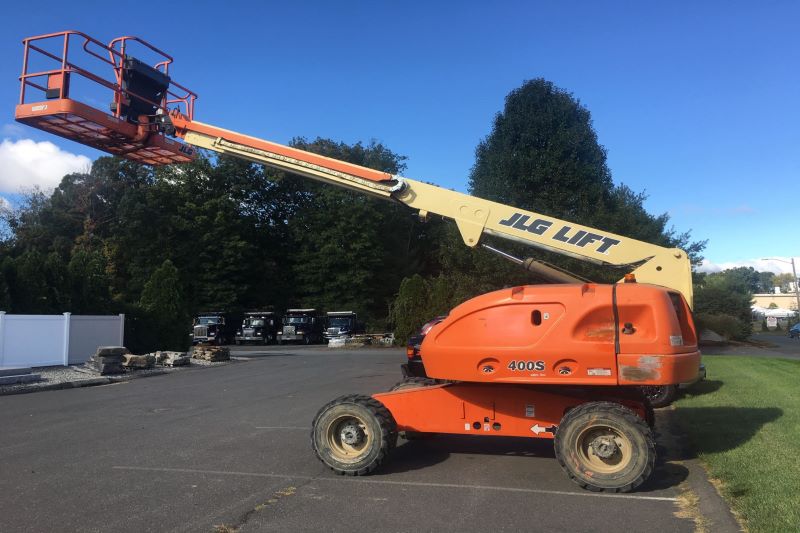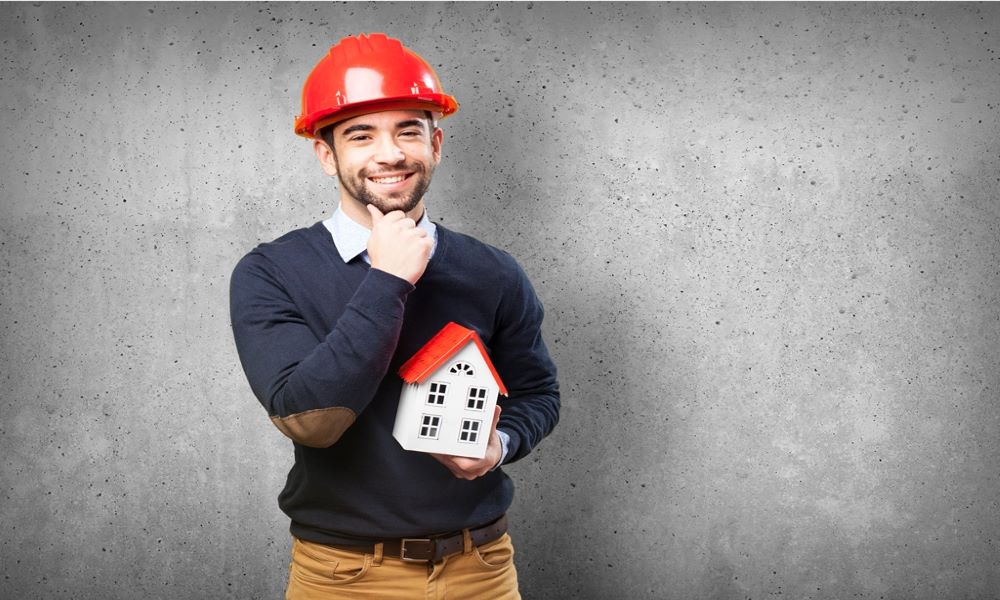Table of Contents
Wall cladding, which is also known as Siding is the art of including a protective material that is stuck on the exterior of your house or building. It is like when we attach a roof, in order to protect the place from all the different elements such as weather changes, wind, sun, snow, both cold and hot effects that could damage the structure and weaken it.
Also is creates a more comfortable inside, which keeps the heat in and the cold out, and vice versa. Aesthetically, it also plays a role in adding a decorative purpose to the home, depending on the type of material you use, it has both drawbacks and benefits such as increasing the resale value of the property. Interested in reading about this, click here.
If you’re thinking of building a house with this option or just need to upgrade your home with it, we can have a look at the different and most popular types of resources that siding can be done with, and some of these are also used to make roofing, so you can match the siding to the roof for added artistic appeal. From the most expensive to the least expensive and lowest maintenance, to even the most eco-friendly options, are all included below for your perusal.
1. Wood Material
A lot of people would agree with us when we say that this is one of the most appealing of the lot and adds an aesthetic element to any building. Options to choose from typically include panels, shingles, wooden clapboards, and plywood or wooden planks. The clapboards have been used for decades and remain to date as one of the most efficient types.
The thing to keep in mind here is that this kind of siding tends to lean towards the more expensive taste and needs regular maintenance. However, in terms of the advantages, there are a few:
You can purchase it in a variety of finishes, textures, colors, and styles, and the clapboard type is typically beveled and placed using a horizontal manner with overlying joints, so it looks nice and flush once completed.
One can choose between board-on-board, channel or tongue-and-groove, and board and batten, styles https://www.thespruce.com/what-is-board-and-batten-177663.
When looking through this one, it good to know what the maintenance looks like, and this is an easy one to repair but can be slightly cumbersome to install over any existing siding. Besides, it would need to be painted, because it’s wood.
Some of the downsides of using this material are that it could rot, or get infested by wood insects, and sometimes the sun’s exposure could spoil it too. Not to mention anything that needs to be painted will require regular upkeep. Sometimes moisture from the interiors can hinder it and other times if the house is not ventilated properly, this too can spoil it.
In terms of costs, it can be anything from a moderate to a high threshold budget if you use plywood, but other wood such as cedar could cost slightly more, however, it is the most common one to use.
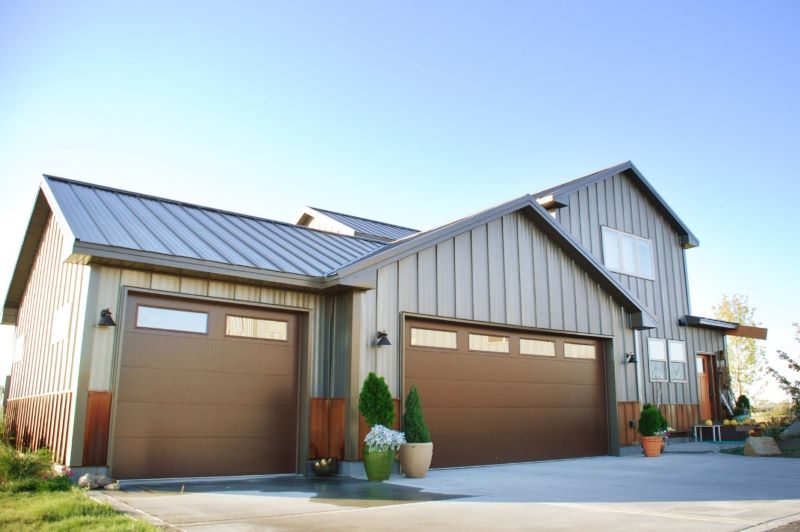
2. Metal Siding Material
The two main ones in this type are steel and aluminum. Due to the above materials being quite high maintenance, manufacturers and builders alike sought to look for other alternatives that would assist in having similar uses but for cheaper and fewer hassles and lower maintenance.
This is where the option of metal was born, and it too looks quite decadent on a house. This is especially used in newer and more modern buildings. The beams are placed horizontally in strips on top of each other and include can look like a corrugated metal roof often used in modern homes.
This choice comes in a range of colors and styles that include both vertical and horizontal selections to cover your walls with. Both look just as good and look very similar to the wood panels, especially when gazed upon from a distance. No one can tell the difference between the two.
Perhaps the reason for this is because it is factory-made and a lot of the production companies apply a finish on top of it to make sure corrosion is limited and for added protection against any hazardous elements such as bad weather and dents are a common problem with metal panels.
When looking at the costs, this is a moderate expense in comparison to wood, although if you go for the vinyl coating then this would be expensive, it would depend on the market.
3. Vinyl Material
Is best for you if you’re on a tight budget. It comes in strips that interlock on top of each other and come in a range of various colors, styles, textures that include a shingle type of style (like roof shingles).
If you previously had wood ones and need to upgrade, this would be the one to choose as it is typically easily placed on top of it. If, however, the weather is too cold, it could impact it by causing small cracks on the surface. They have been known to warp sometimes as well, so when installing them, it is fundamental to get a professional or specialty service roofers to do this for you in either of the styles or fish scales, beaded, shingles or scallops.
The advantages of getting these are that they are the cheapest, plus the most durable, i.e. they can last up to 30+ years if kept well. Plus, they are easy to keep clean, and all you need is a garden hose to run over it occasionally, with a power wash. But not too much because it is more on the side of being water-resistant as opposed to waterproof.
The good thing about this is it can be used in coastal areas, unlike wood for example, because it is resistant to salt in the air and will not corrode, decay, or rot easily. Every 15 years, a coat of paint is required to keep it from getting and looking worn out and because the paint is usually only added to the surface, so if it chips or breaks it will need some touch-ups.
4. Fiber Cement Siding
This one must be the next one on the popularity list, due to several reasons which include its low-cost, high durability and the best part is it is made of recycled materials which means it is eco-friendly and resource-efficient too. The bonus – you’re doing your bit for the environment! Roofs may not be created with this material yet, but there is hope that it will be someday very soon.
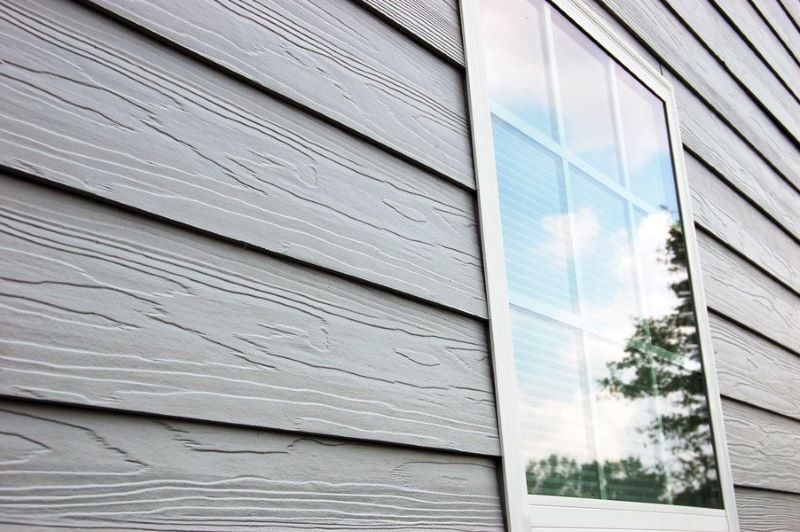
Due to its energy efficiency, it can sometimes crack under pressure. When it is insulated, for instance, like the vinyl, you may find a few surface fractures or cracks appearing. Perhaps therefore it has not been used on the roof of houses yet, due to continuous dry heat exposure. The good thing, though, is that it is primarily maintenance-free and seeks to be around for at least 50 years as its lifespan far surpasses any of its predecessors.
When it is installed, it is done similarly as wood siding, and it even looks very similar to natural wood grain, but it’s the fibers in the cement, that give it that effect. This is made using cellulose fibers which are mixed with both sand and cement and look very similar to asbestos, but are not and do not contain any either.
It has been around for possibly the longest time, even over 100 years now, and was being used for other reasons until recently where it has found its place in our homes. The benefit of using this is its fire-resistant, insect resilient looks great on houses, and has a high resale value when selling your property.
Even though it is the lowest of all maintenance, it can be a little bit more costly on an average due to labor and materials costs, but because it is so eco-friendly, it pays off eventually and has been seen to provide a good alternative to other forms such as the vinyl siding. This material is also a lot thicker than others and requires the services of skilled installers.
When going for this option you should opt for the one which has more wooden fibers in it than the conventional industrial waste and always choose waterproof paint to go on it, if required. Also, one can get different designs for this including trims and fancy millwork to make your premises look appealing. It is slowly becoming a favorite of a lot of new builds in the areas.
The choice is yours at the end of the day, however choosing something that will last a long time will save you from replacing it every couple of years, even if means spending a little extra on it, not to mention the region you are living in will play a crucial part in terms of the weather and any natural climate changes that frequently occur in the area.
